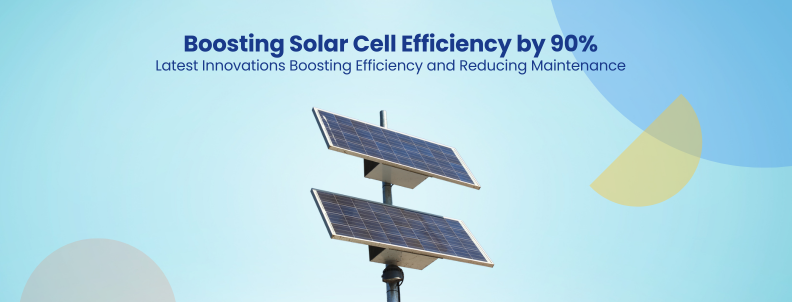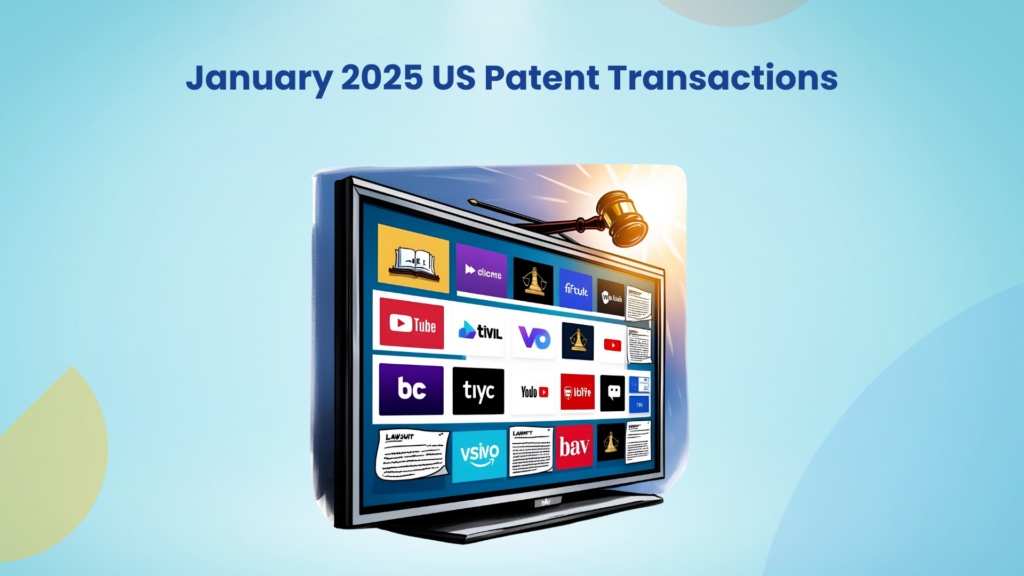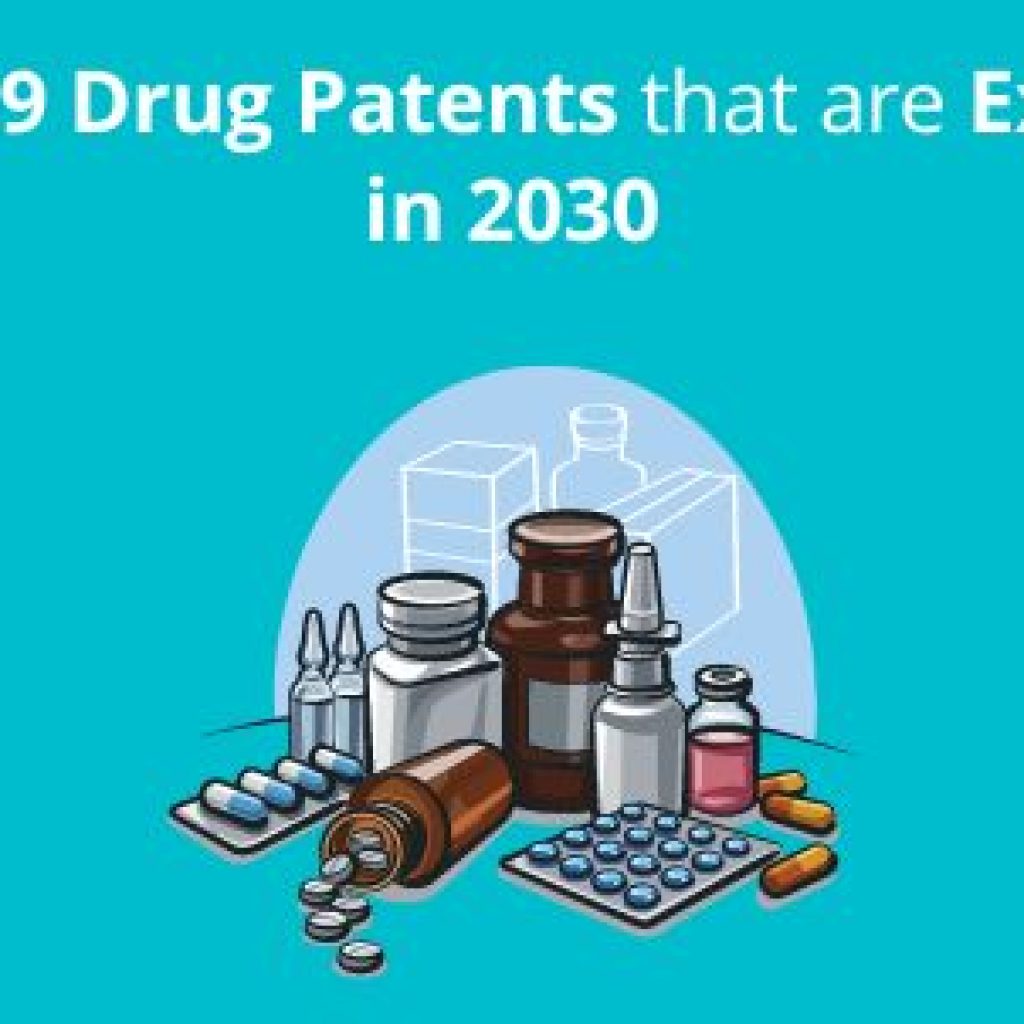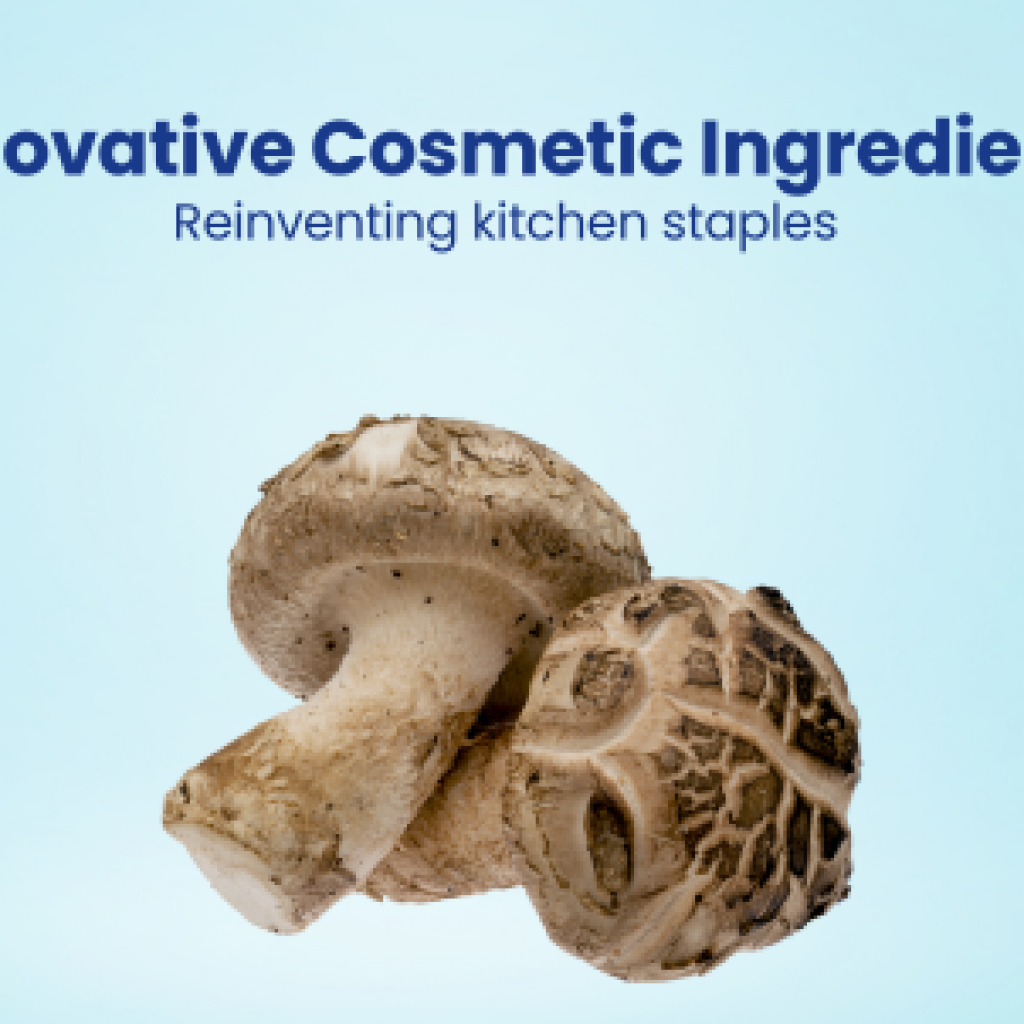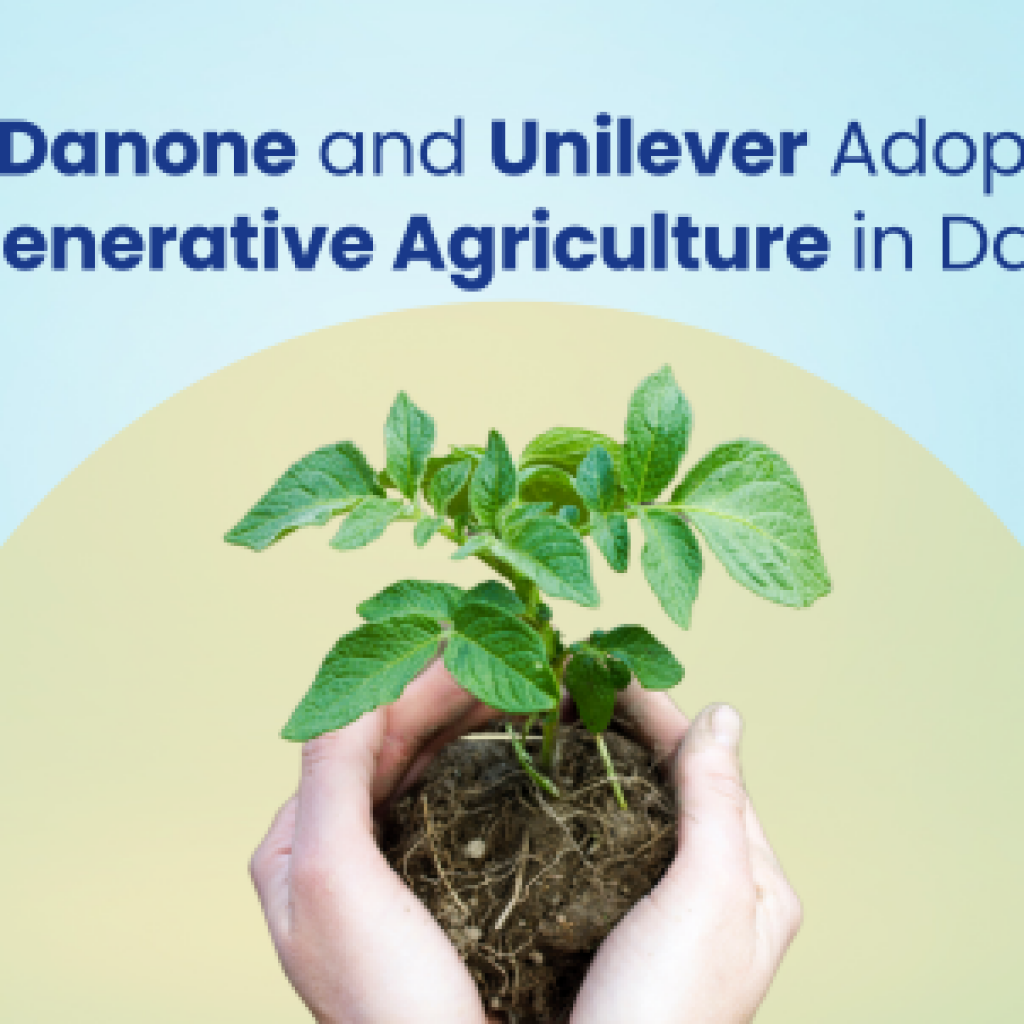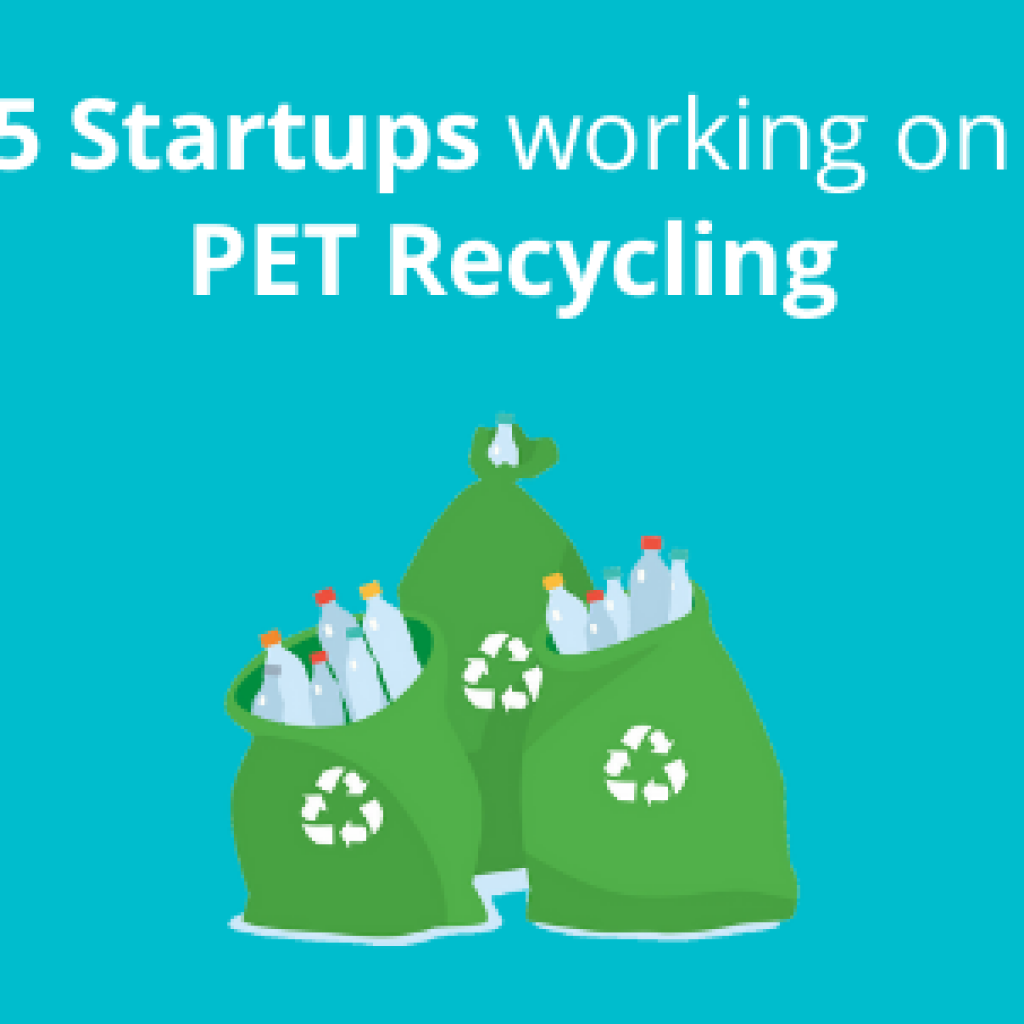Conventional solar photovoltaic (PV) systems face dust accumulation and surface heating issues. Elevated panel temperatures not only reduce energy conversion efficiency but can also shorten the panels’ lifespan. Research shows dust and dirt can cause up to 7% annual energy losses. In the Middle East, these losses can soar to 50%.
Some innovators have found a way to use electromagnetic fields to repel dust from solar cells, boosting their efficiency by up to 90%. Special cooling coatings have also been developed for solar cell stability under high temperatures.
This article will discuss novel solar cell innovations being developed to address these challenges in 2024 and beyond. To keep up with such trends in this industry, please download a comprehensive report on energy storage through the form below.
Repelling dust using electromagnetic fields!
Researchers at the Daegu Gyeongbuk Institute of Science & Technology (DGIST) have developed self-cleaning technologies for solar panels using an Electrodynamic Screen (EDS). The EDS technology utilizes electromagnetic fields to repel dust. This innovation significantly enhances the solar cell’s power generation efficiency and achieves a 52.1% dust removal rate.
The Electrodynamic Screen (EDS) technology stands out for its use of electrophoretic and dielectrophoretic forces to effectively clear dust from solar panel surfaces. This advanced method has gained considerable recognition as an optimal solution for mitigating soiling, particularly in regions where water and human resources are scarce.
The DGIST team has also introduced wind-driven rotational triboelectric nanogenerators (RTENG) that power EDS systems autonomously. The RTENG system achieves a 43.5% dust removal rate, boosting solar efficiency by 90% at a wind speed of 28 m/s. Together, these technologies ensure cleaner solar panels and improved performance with minimal maintenance.
Self-cleaning coatings that are Hydrophilic by day and Hydrophobic by night
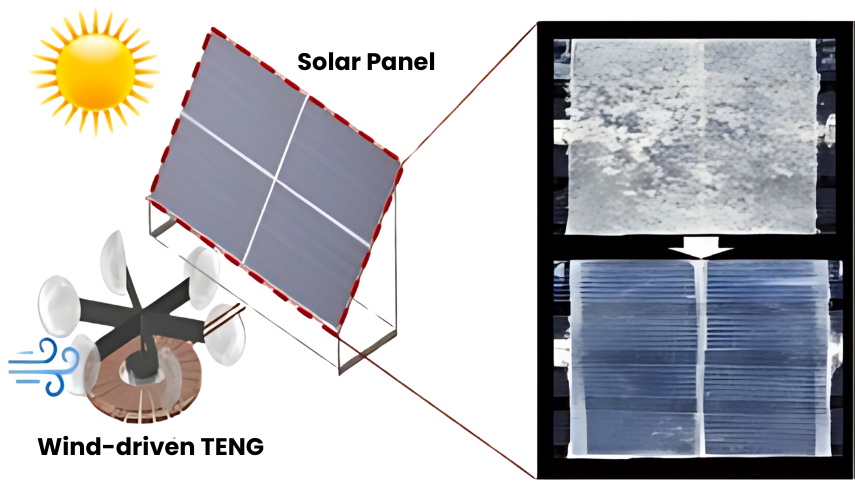
Researchers at the Fraunhofer Institute in Germany developed a self-cleaning coating for solar panels using titanium dioxide. During the day, UV light makes the coating water-attracting, preventing dust from sticking. At night, it becomes water-repellent, allowing water droplets to roll off and take the dirt with them.
Similarly, ChemiTek, a Portuguese provider of PV cleaning solutions, has developed an innovative formulation that imparts hydrophobic, anti-dirt, anti-graffiti, and anti-corrosion properties to surfaces.
A hydrophobic coating that mimics butterfly wings!
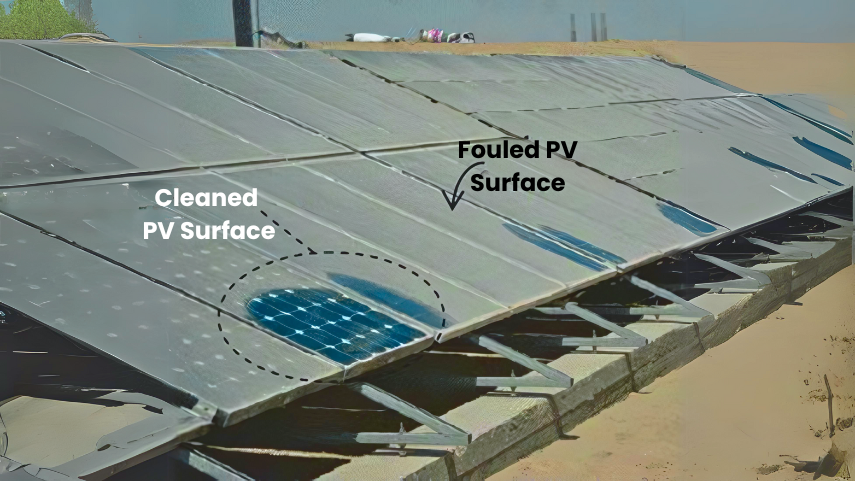
Scientists at the University of Washington created a self-cleaning coating that mimics natural surfaces like lotus leaves and butterfly wings. This coating, called an anisotropic ratchet conveyor (ARC), features hydrophilic patterns on a hydrophobic background. When mounted on a vibrating stage, water droplets can climb surfaces up to 15 degrees and follow defined zig-zag paths, effectively cleaning the surface. Different ARC designs can be used to guide and collect dirty droplets.
Radiative Cooling Coatings that prevent dust buildup
The Chinese Academy of Sciences and the Technical Institute of Physics and Chemistry have developed a new coating named Bioinspired Radiative Cooling Coatings (BRCC). This coating demonstrates superior anti-soiling properties, as evidenced by a study comparing BRCC-coated and bare aluminum alloy plates. Tests revealed that dust and mud are easily removed from BRCC-coated aluminum plates, unlike bare plates, which retain dirt. Furthermore, BRCC-coated plates maintain stable cooling performance with only minor temperature changes, even under high humidity and temperature. The coating improves heat transfer by ≈25% and prevents dust buildup. This dual functionality ensures long-term cooling efficiency while maintaining clean surfaces, making it ideal for high-power electronics in dusty environments.
Conclusion
Inventors are devising many new ways to keep solar cells clean and reduce environmental degradation. Innovative solutions like electromagnetic dust repulsion, self-cleaning coatings, and radiative cooling technologies have significantly enhanced solar panel efficiency and longevity.
MIT is developing a no-contact system that automatically uses magnets to clean solar panels in thermal plants. This system showed an upwards of 30% dust reduction during initial testing. Additionally, researchers are working to overcome the performance decline issue of perovskite cells to prepare them for commercial manufacturing. You can read more about it here.
R&D professionals exploring this industry face numerous challenges, such as:
- Difficulties in identifying novel inventions among marketing hype
- Understanding the complexities of patents and finding valuable ones among them
- Evaluating the market impact and profitability in specific regions
And more! Find the right technologies and understand how these innovations align with your goals through GreyB’s expertise. Fill out the simple form below to schedule an expert consultation today.
Authored by: Raveena Singh, Patent Analytics
Edited by: Hemanth Shenoy, Market Research
Also Read – Top 5 Energy Storage Innovation Trends

